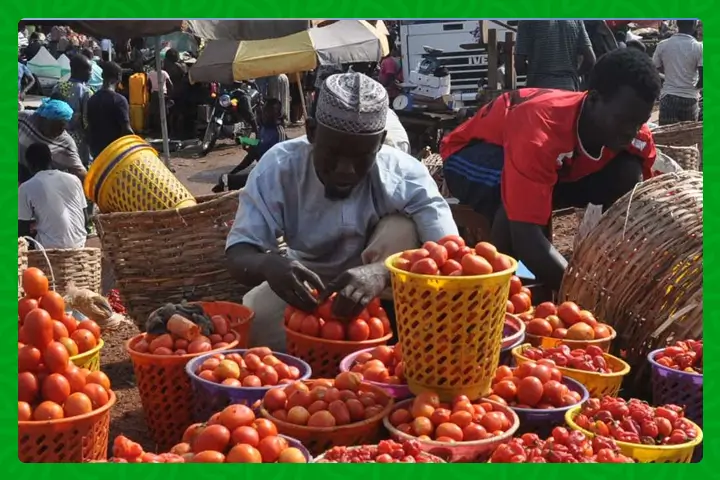
In the heart of Cameroon, the cost of putting food on the table is steadily climbing, casting a looming shadow over the nation’s economic landscape. The latest report from the National Institute of Statistics (INS) reveals that household final consumption prices surged by 0.5% month-on-month in August 2023, following a 0.4% uptick the previous month. But what lies at the core of this price surge? The answer lies in a 1.3% monthly increase in food prices and a 1.1% rise in education costs, setting the stage for a pressing inflation challenge.
Inflation on the Rise: Beyond Regional Tolerance Limits
Cameroon finds itself grappling with an inflation crisis that has soared beyond the tolerance thresholds set within the Cemac region. As of the end of August, inflation had spiraled to a yearly average of 7.8%, a far cry from the 3% community threshold. The root causes of this inflationary surge are multifaceted, driven by a 13.3% year-on-year spike in food prices, a 10.4% increase in transport costs, and an 8.6% rise in prices for furniture, household goods, and everyday cleaning products, according to INS.
In comparison to the same month in 2022, the overall price level witnessed a formidable 7.4% increase in August 2023, a stark reminder of the economic challenges at hand.
Food Prices Soaring: A Burden on Households
Among the array of food products experiencing steep price hikes, essentials such as bread, cereals, meats, fish and seafood, milk, cheese, eggs, oils and fats, fruits, vegetables, and sugar have all witnessed notable increases. Transportation costs have also scaled new heights, surging by 16.8% year-on-year.
However, inflation isn’t solely fueled by rising costs of fresh produce and energy items, which themselves registered increases of 13.9% and 5.7% respectively. The origin of the products plays a pivotal role, with local products witnessing an 8.5% price surge compared to a 6.0% increase in prices for imported products, as per the INS report.
Intriguingly, the INS report paints a picture of consistent inflation rates exceeding 7% in nine regional capitals across Cameroon. The highest inflation rate was observed in Bertoua (East), while the lowest was recorded in Garoua (North).
As Cameroon grapples with this inflationary storm, it becomes evident that urgent measures are needed to address the pressing concerns surrounding food prices and their impact on households across the nation. The INS report serves as a stark reminder of the economic challenges that require innovative and resolute solutions.
Stay updated with the latest farming tips and agriculture industry news from Africa by subscribing to our newsletter. Don’t miss out on valuable insights and updates. Follow us on Twitter, LinkedIn, and Facebook to join our farming community and stay connected with us.



















